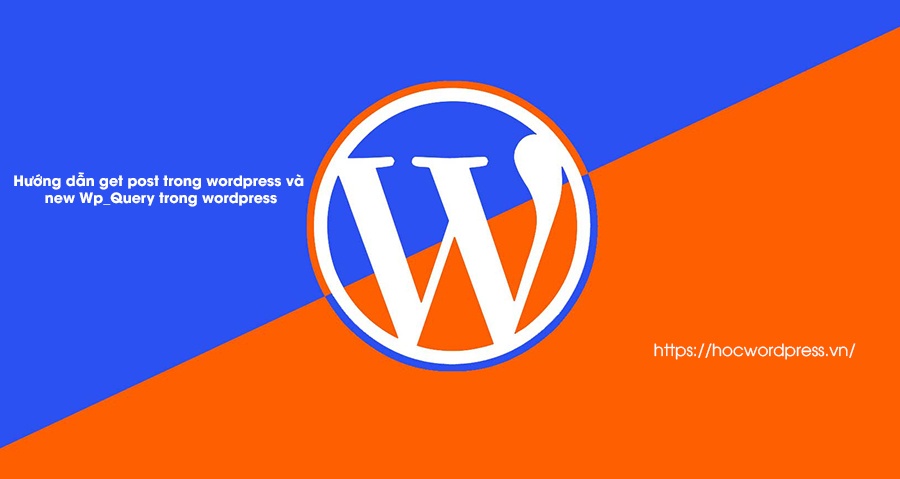Today, we are continuing our discussion on WordPress theme programming by focusing on how to get posts in WordPress using the query post loop. This loop is essential for building WordPress themes and allows for the display of article content on the website interface. By using the get post loop, we can retrieve information such as article titles, content, categories, authors, thumbnails, and more. Additionally, we explore the new WP_Query loop, which allows for more specific queries to retrieve posts based on parameters like number, category, or author. Overall, understanding how to get posts in WordPress is crucial for theme programming.
Hello everyone! Today, let’s dive into "get post in WordPress" and explore the query post loop in WordPress – the backbone of this popular platform. When you install WordPress, you’ll see a "posts" section containing all the articles on your website. But how do you display this content on the interface? Enter the get post loop!
Get Post Loop in WordPress
The get post loop is a while loop in PHP that checks for articles and displays them accordingly.
Syntax:
// Information to fetch from a postExplanation:
Depending on where you place this loop, it will show different results:
- On the home page (index.php), it displays the latest articles.
- On a category page (category.php), it shows posts within that category.
- On a detail page (single.php), it reveals the content of a specific post.
- On search results page (search.php), it showcases search results based on keywords.
Components of the Article Displayed in the Query Loop:
- Title
- Content
- Description
- Category
- Author
- Thumbnail
- Published Date
- Link
New WP_Query Loop for Customized Post Retrieval
While the default loop works for basic post queries, for more specific requirements like selecting posts by category or author, we use the new WP_Query loop.
Syntax:
new WP_Query($args);Input Parameters:
- posts_per_page: Number of posts
- post_type: Type of post (e.g., post, page)
- cat: Category ID
- p: Post ID
- post_status: Post status
- author: Author ID
- …and more
Examples:
- Get the 10 latest posts in WordPress.
- Retrieve 5 posts from the news category with the ID 1.
- Fetch 10 random posts from WordPress.
Summary
Today, we covered the essentials of "get post in WordPress" – a key aspect of WordPress theme programming. Understanding these concepts is crucial for creating dynamic themes. If you want to delve deeper into new WP_Query, check out the WordPress documentation. Happy learning, and good luck with your WordPress journey!



